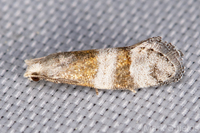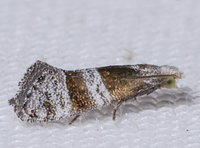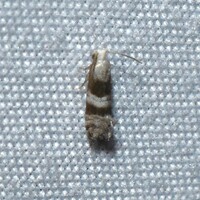
| Recorded by: David George, Jeff Niznik on 2025-05-24
Richmond Co.
Comment: | 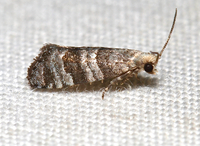
| Recorded by: Jim Petranka and Becky Elkin on 2025-05-23
Richmond Co.
Comment: |

| Recorded by: David George, Jeff Niznik, Brian Bockhahn, Jim Petranka, John Petranka, Becky Elkin on 2025-05-09
Cumberland Co.
Comment: | 
| Recorded by: Jim Petranka, John Petranka and Becky Elkin on 2025-05-08
Harnett Co.
Comment: |

| Recorded by: Simpson Eason on 2025-04-18
Brunswick Co.
Comment: | 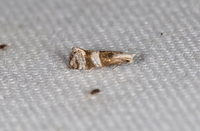
| Recorded by: Jim Petranka on 2024-06-28
Madison Co.
Comment: |
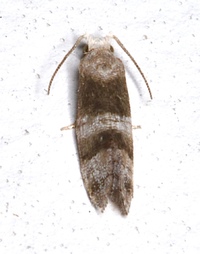
| Recorded by: Stephen Dunn on 2024-06-19
Orange Co.
Comment: | 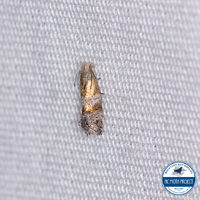
| Recorded by: Lior S. Carlson, Dean Furbish on 2024-06-17
Lincoln Co.
Comment: |
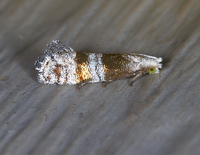
| Recorded by: Jim Petranka on 2024-06-17
Madison Co.
Comment: | 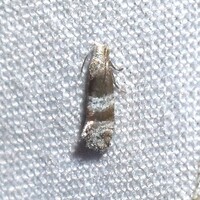
| Recorded by: David George, Tracy Feldman, Jeff Niznik, Rich Teper, Patrick Coin, Becky Watkins on 2024-06-08
Wake Co.
Comment: |
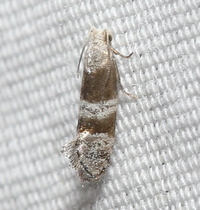
| Recorded by: David George, Jeff Niznik on 2024-05-25
Chatham Co.
Comment: | 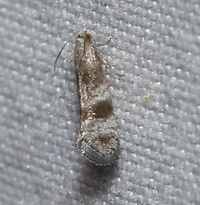
| Recorded by: David George, Jeff Niznik, Rich Teper on 2024-04-17
New Hanover Co.
Comment: |
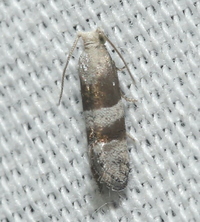
| Recorded by: David George, Jeff Niznik, Rich Teper on 2024-04-16
New Hanover Co.
Comment: | 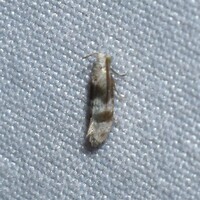
| Recorded by: David George, Jeff Niznik, Rich Teper on 2024-04-16
New Hanover Co.
Comment: |
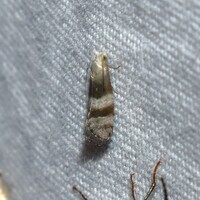
| Recorded by: David George, Jeff Niznik, Rich Teper on 2024-04-16
New Hanover Co.
Comment: | 
| Recorded by: David George, Stephen Dunn, Jeff Niznik on 2023-08-18
Caswell Co.
Comment: |

| Recorded by: David George, Steve Hall, Stephen Dunn, Jeff Niznik, Rich Teper, Becky Watkins on 2023-07-22
Orange Co.
Comment: | 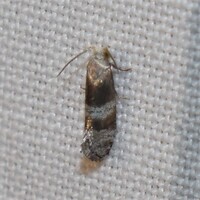
| Recorded by: David George, Stephen Dunn, Jeff Niznik on 2023-07-06
Orange Co.
Comment: |
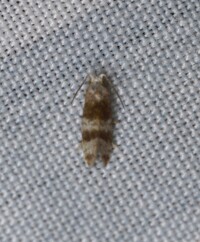
| Recorded by: Stephen Dunn on 2023-07-02
Orange Co.
Comment: | 
| Recorded by: David George, Stephen Dunn, Jeff Niznik on 2023-06-25
Orange Co.
Comment: |

| Recorded by: David George, Jeff Niznik on 2023-06-06
Durham Co.
Comment: | 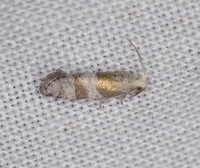
| Recorded by: David George, Stephen Dunn, Jeff Niznik on 2023-06-03
Orange Co.
Comment: |

| Recorded by: Jim Petranka, Steve Hall and Bo Sullivan on 2022-08-28
Moore Co.
Comment: | 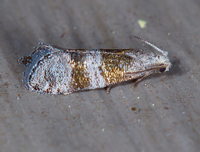
| Recorded by: Jim Petranka on 2022-06-16
Madison Co.
Comment: |
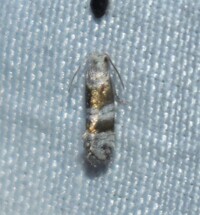
| Recorded by: Jeff Niznik on 2022-06-15
Chatham Co.
Comment: | 
| Recorded by: David George, L. M. Carlson on 2022-06-13
Durham Co.
Comment: |
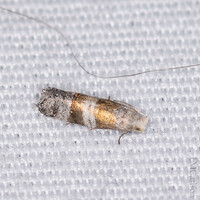
| Recorded by: David George, L. M. Carlson on 2022-06-12
Orange Co.
Comment: | 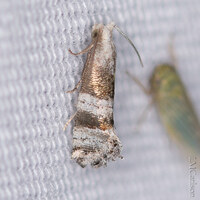
| Recorded by: David George, L.M. Carlson, Becky Watkins on 2022-06-09
Orange Co.
Comment: |
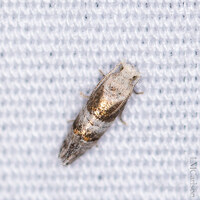
| Recorded by: David George, L.M. Carlson, Becky Watkins on 2022-06-09
Orange Co.
Comment: | 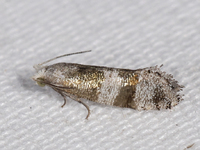
| Recorded by: John Petranka on 2022-06-07
Orange Co.
Comment: |
|

 »
»